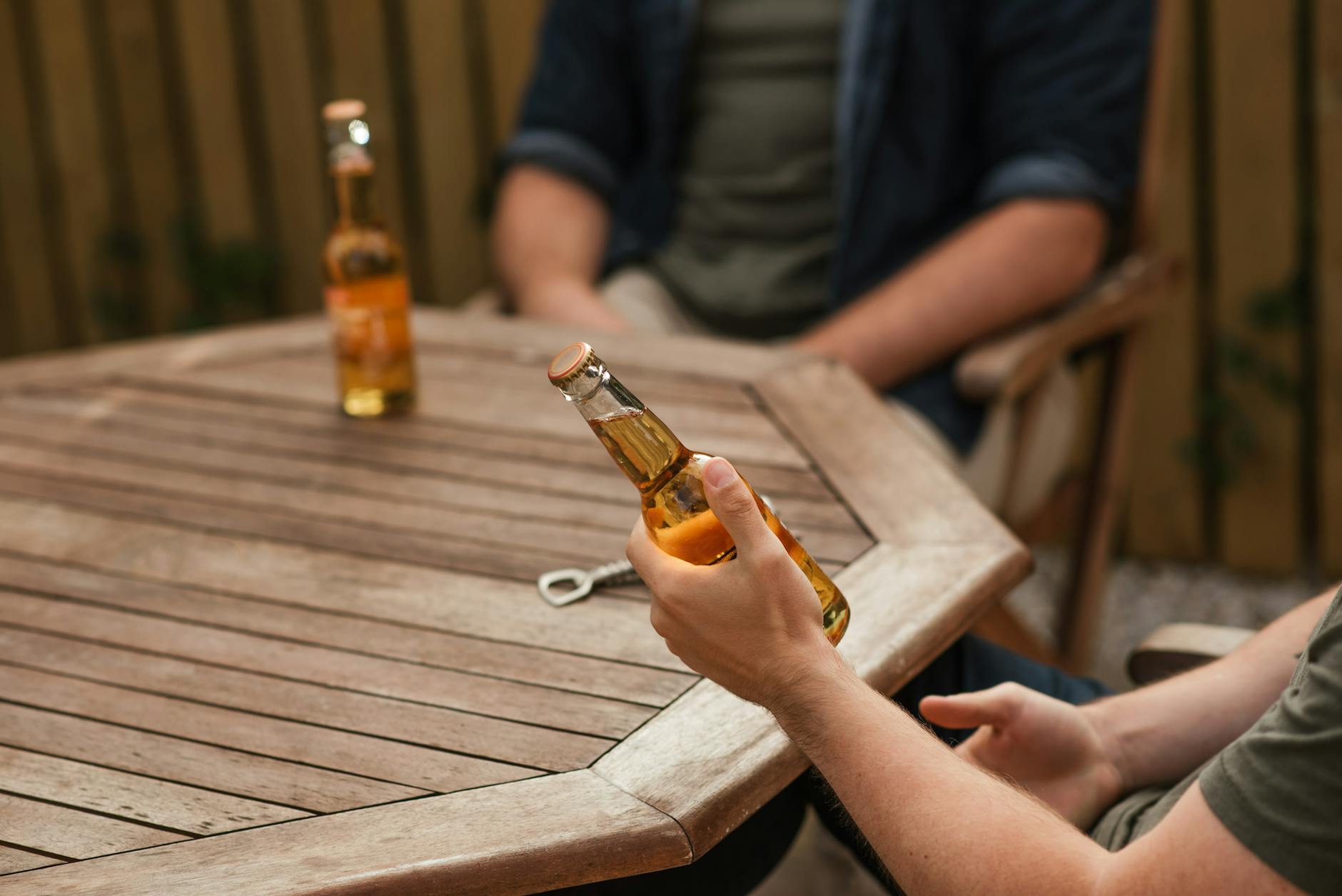Uncover the surprising truth behind alcohol tolerance in our latest post: find out how many beers it actually takes!
Table of Contents
Picture this: you’re at a party, surrounded by friends, and you crack open a cold beer. The question crosses your mind – how many beers does it actually take to get drunk? In this blog post, we’re going to dive deep into the science behind intoxication, exploring the factors that influence how many beers it takes to feel the effects of alcohol.
Alcohol Metabolism
When you consume alcohol, it is metabolized by your liver at a fairly consistent rate. The average person metabolizes about one standard drink per hour, with a standard drink generally being equivalent to a 12-ounce beer. However, this rate can vary based on a number of factors.
Factors such as age, gender, and body weight can all play a role in how quickly your body metabolizes alcohol. Generally, younger individuals and those with a higher percentage of body fat tend to metabolize alcohol more slowly. This means that someone who is older or has a lower body weight may feel the effects of alcohol more quickly than someone who is younger or has a higher body weight.
Blood alcohol concentration (BAC) is a key indicator of intoxication levels. The legal limit for driving in many places is a BAC of 0.08%, but it’s important to note that impairment can occur at lower levels for some individuals.
Individual Tolerance Levels
One of the most intriguing aspects of alcohol consumption is how differently people can react to the same amount of alcohol. individual tolerance levels vary widely and can be influenced by a number of factors.
Genetics play a significant role in determining how well someone can handle alcohol. Some people have enzymes that help break down alcohol more efficiently, while others may lack these enzymes and feel the effects more strongly. Additionally, past drinking habits can also influence tolerance levels, as regular drinkers may build up a higher tolerance over time.
It’s important to differentiate between tolerance and dependency on alcohol. Tolerance refers to the body’s ability to handle alcohol, while dependency is a psychological or physical reliance on alcohol. Building a tolerance to alcohol does not necessarily mean that someone is dependent on it.
Influencing Factors on Intoxication
Several factors can influence how quickly you feel the effects of alcohol when drinking beer. The speed at which you consume alcohol can have a significant impact – drinking several beers in a short amount of time can lead to quicker intoxication than spacing them out over a longer period.
Food intake can also play a role in how alcohol affects you. Drinking on an empty stomach can lead to faster absorption of alcohol into the bloodstream, while eating a meal before drinking can slow down this process. It’s always a good idea to have a meal before consuming alcohol to help moderate its effects.
Mixing alcohol with other substances, such as medications or illicit drugs, can also intensify the effects of intoxication. It’s important to be aware of potential interactions and avoid mixing alcohol with other substances whenever possible.
Conclusion
Understanding how many beers it takes to get drunk is more than just a party trick – it’s about knowing your limits and drinking responsibly. By delving into the science behind alcohol metabolism, individual tolerance levels, and the factors that influence intoxication, you can make informed decisions about your alcohol consumption.
Remember, moderation is key when it comes to drinking alcohol. Knowing how alcohol affects your body and being aware of your own tolerance levels can help you enjoy a night out without going overboard. So next time you crack open a beer, take a moment to consider how many it might take for you to feel the effects – and always drink responsibly.
FAQ
How many beers does it take for the average person to get drunk?
Answer 1: The number of beers needed for someone to feel drunk can vary based on factors such as age, gender, body weight, and tolerance levels. On average, it might take around 4-5 beers for an average person to start feeling intoxicated.
Does alcohol tolerance differ among individuals?
Answer 2: Yes, alcohol tolerance varies from person to person. Genetics, enzymes that aid in alcohol metabolism, past drinking habits, and overall health can all impact alcohol tolerance. Some individuals may need more drinks to feel the effects, while others may feel intoxicated more quickly.
How does food intake affect alcohol absorption?
Answer 3: Food intake can influence how alcohol affects the body. Drinking on an empty stomach can lead to quicker absorption of alcohol into the bloodstream, increasing intoxication levels. Eating a meal before drinking can slow down alcohol absorption and potentially lessen the effects of alcohol.
What are the dangers of mixing alcohol with other substances?
Answer 4: Mixing alcohol with medications, illicit drugs, or other substances can intensify the effects of intoxication and increase the risk of adverse reactions. Combining alcohol with other substances can lead to dangerous interactions, impaired judgment, and heightened side effects. It’s important to avoid mixing alcohol with other substances for your safety.


Leave a Reply